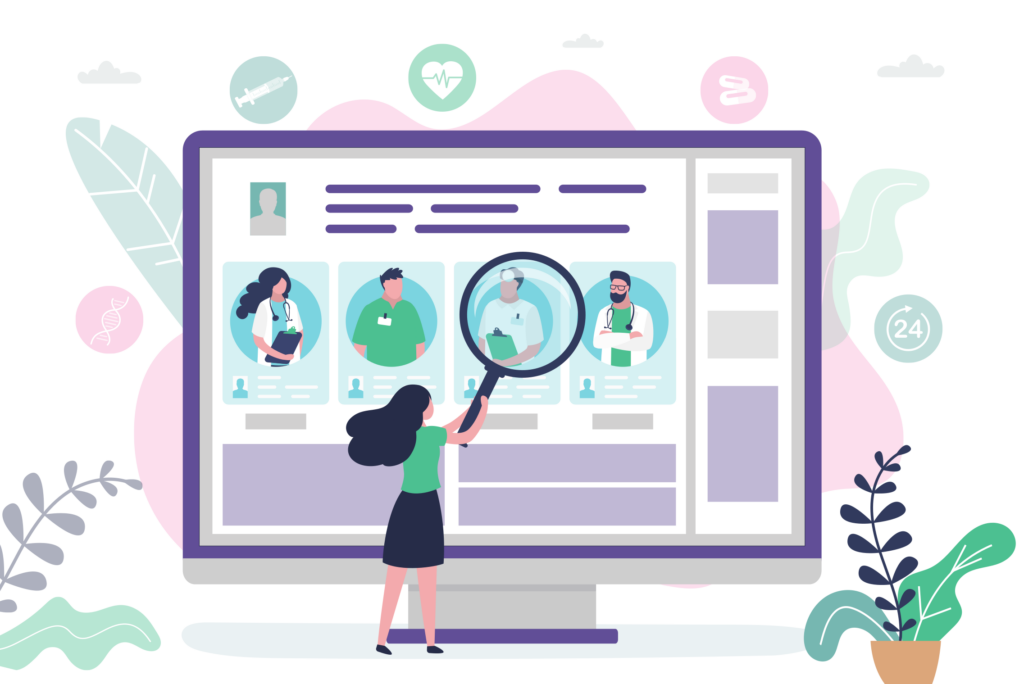Real-World Data
PurpleLab empowers leading healthcare organizations by transforming fragmented claims data into unified, secure, and easily navigable information, enabling evidence generation, real-time analysis of provider information, treatment patterns, and market performance, ultimately fostering data-driven strategies that improve health outcomes.

Actionable Real-World Data for Improved Health Outcomes
PurpleLab is your trusted real-world data partner. We provide a real-world data [lab], accelerating the discovery and adoption of healthcare innovations and improving health outcomes by helping our users leverage healthcare claims data, with the right solutions to meet their strategic business goals- no advanced data analytics skills necessary.
Usability
Our comprehensive claims database includes Medicare, Medicaid, and commercial data linked to provide insights into patients, providers, and health plans. PurpleLab facilitates analysis and reduces the amount of data engineering needed to use claims data.
No more hunting through fragmented data sets or dealing with incomplete information. We’ve done the heavy lifting for you by integrating disparate data sources into unified table and summary views. Save valuable time and effort with the data you need, right at your fingertips.


Simplicity
Data insights delivered in real-time, with no-code format options, allows customers to analyze provider referral patterns and patient leakage to build informed solutions to evaluate their network and assess their market performance. With a flexible architecture that ensures compatibility with a wide range of data sources and systems, you can easily integrate PurpleLab with your existing data infrastructure or access our HealthNexus™ platform.
Data Security
Our commitment to data security is unwavering, ensuring compliance with industry regulations and best practices. Our solutions feature state-of-the-art encryption techniques to safeguard the privacy and security of patient data. With tokenized patient IDs and robust access controls, sensitive information is anonymized and protected, while still enabling longitudinal analysis and cohort studies.

Get In Touch
Questions? Ready for a demo or free trial of our healthcare analytics platform, HealthNexus™?
Contact us to get started.